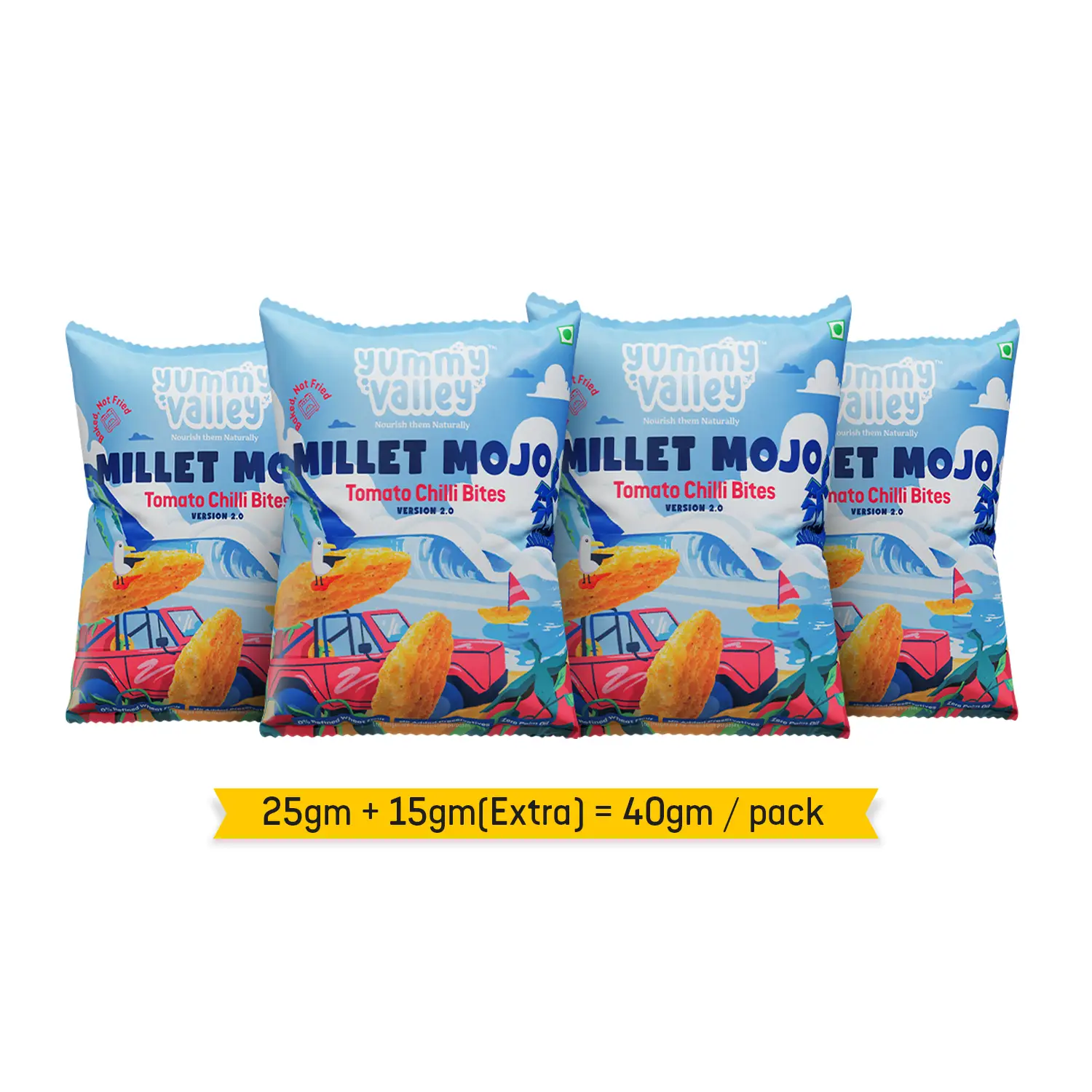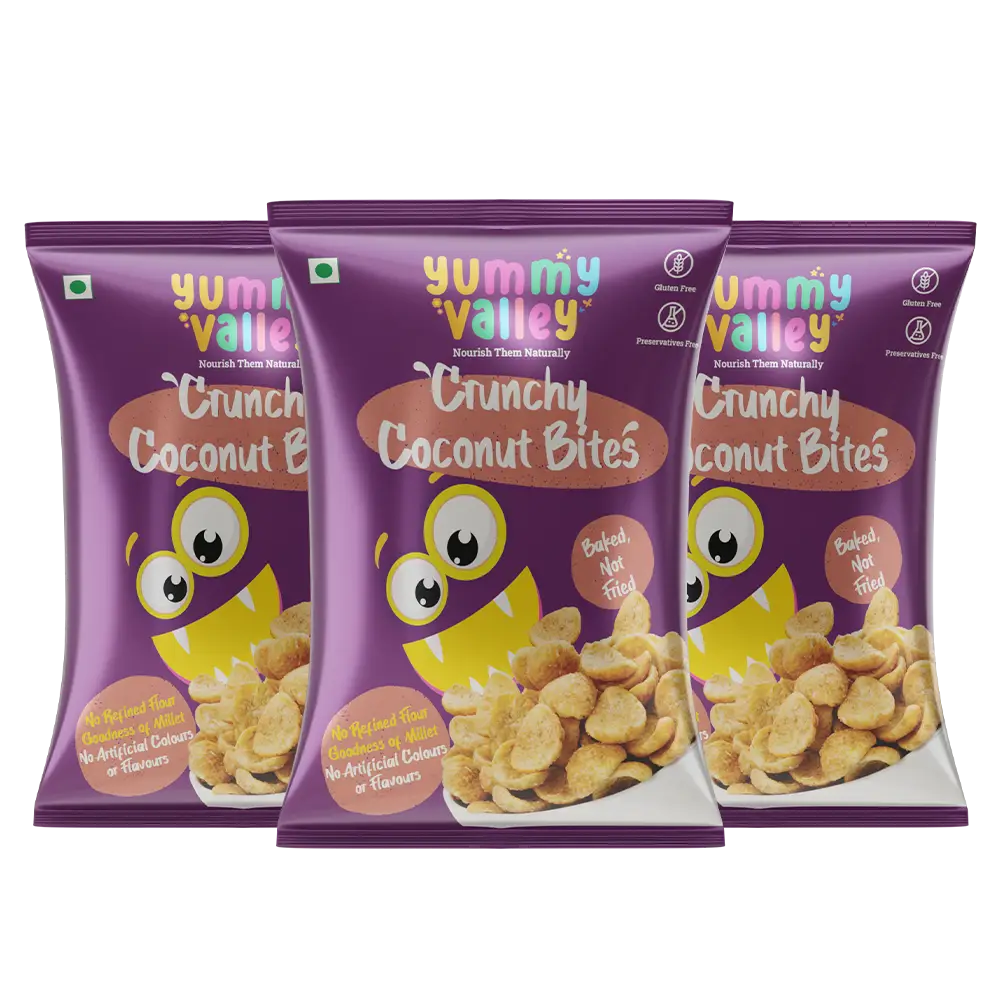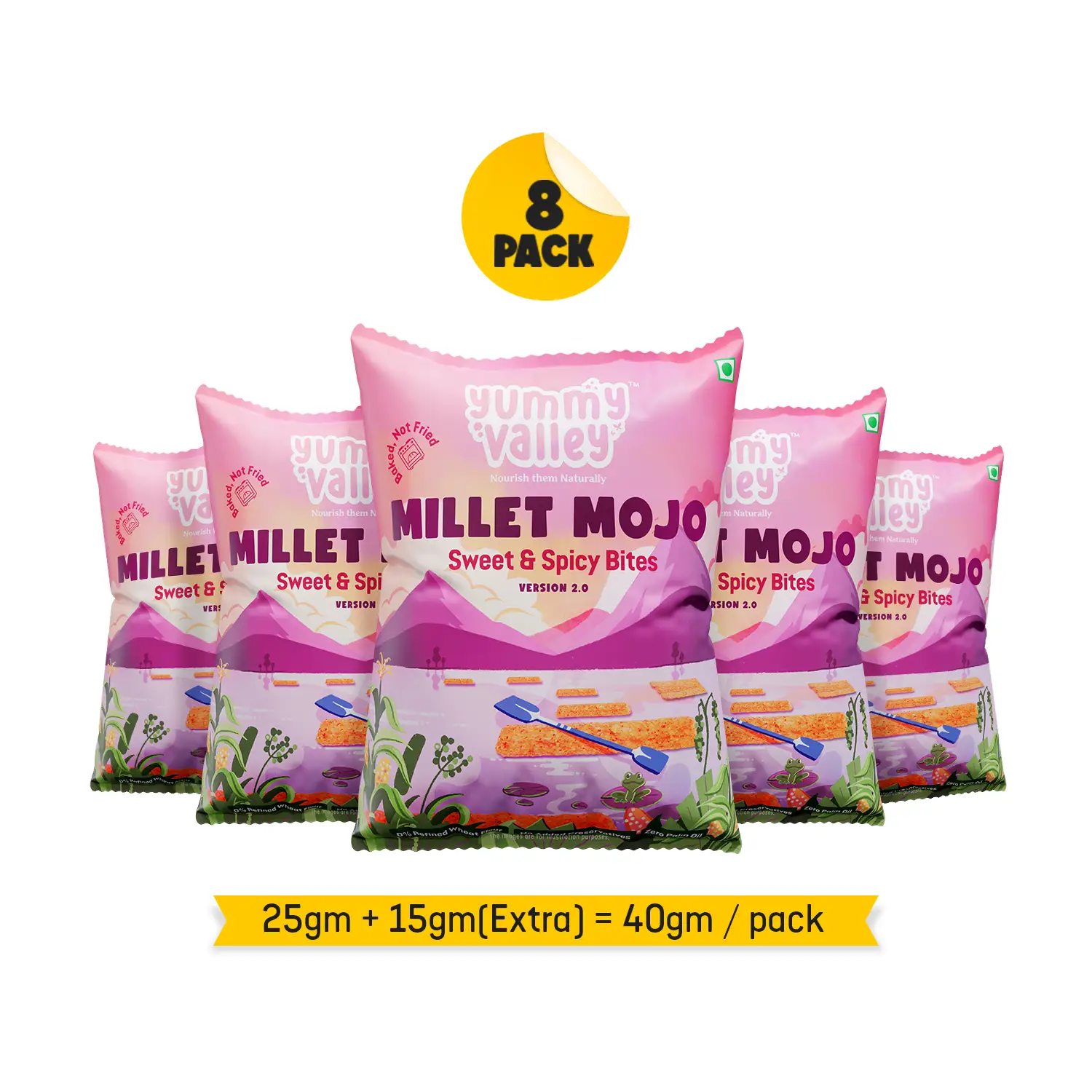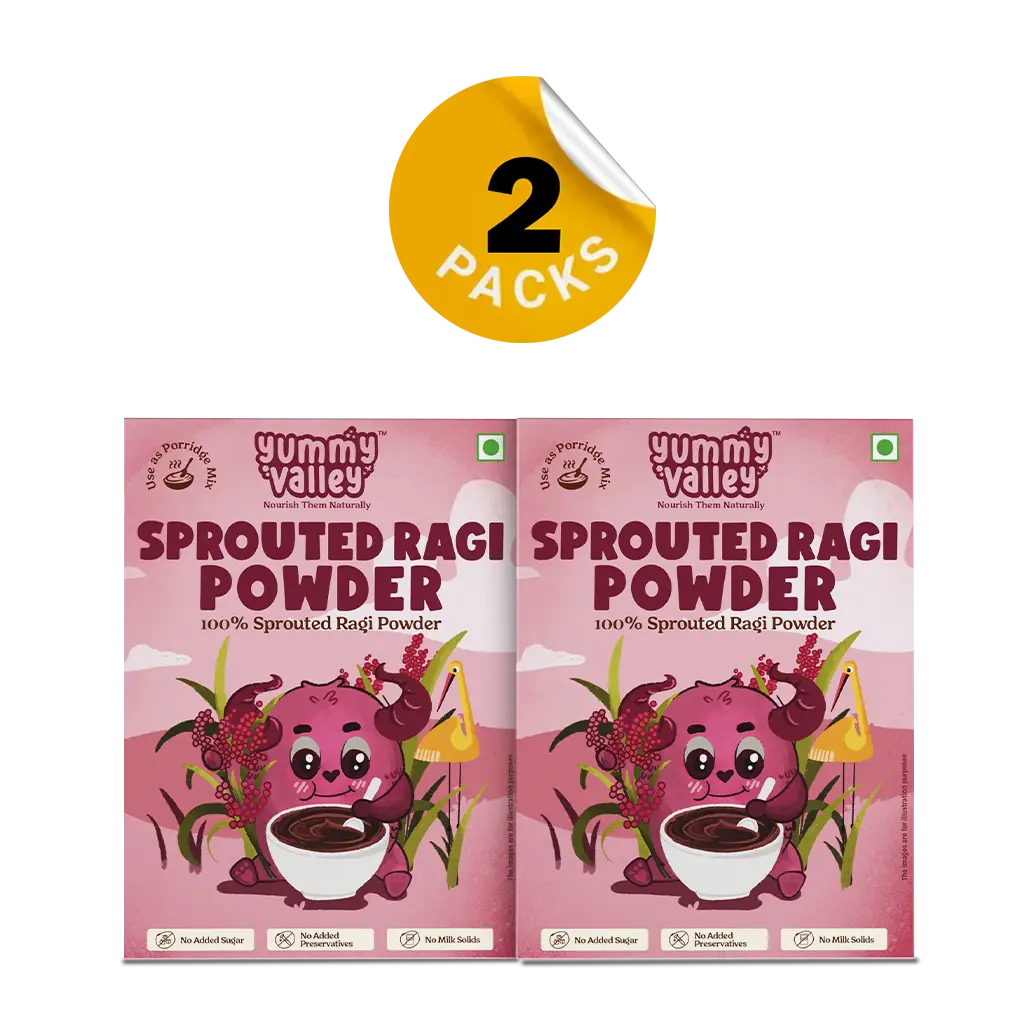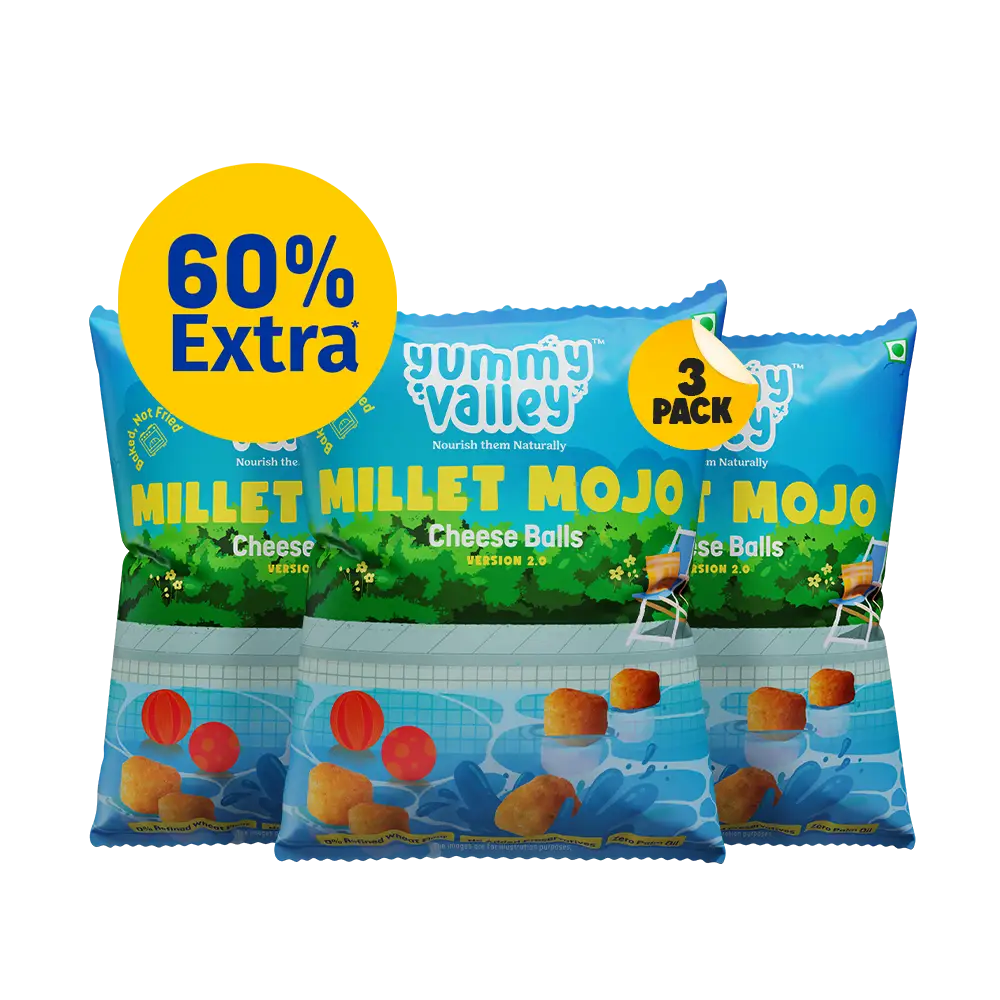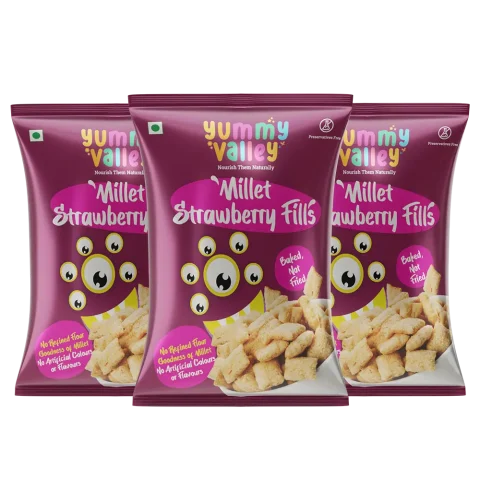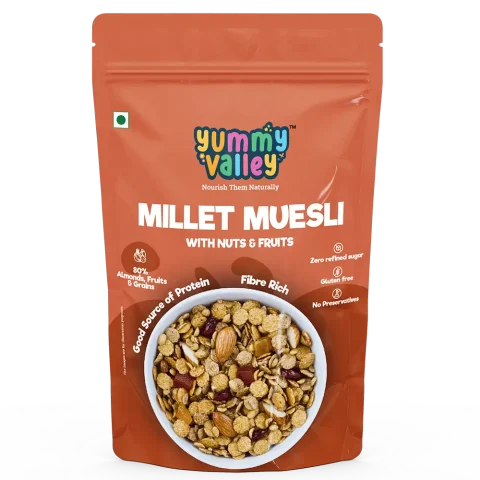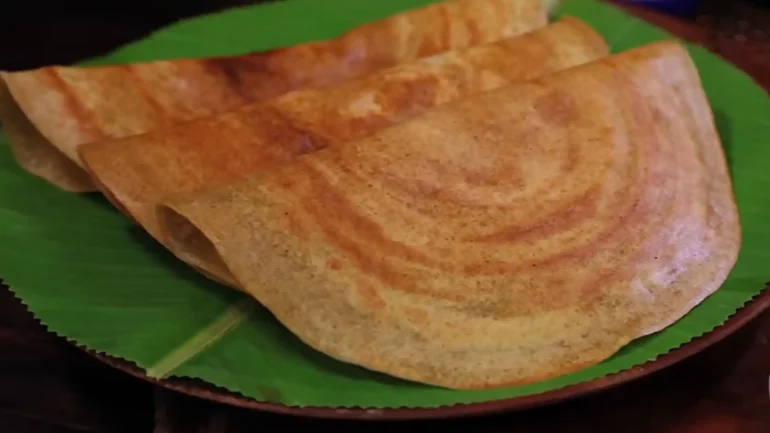7 Health Benefits Of Pearl Millet (Bajra/Kambu) You Should Know
- Published on:
- Last update: 27 March 2025
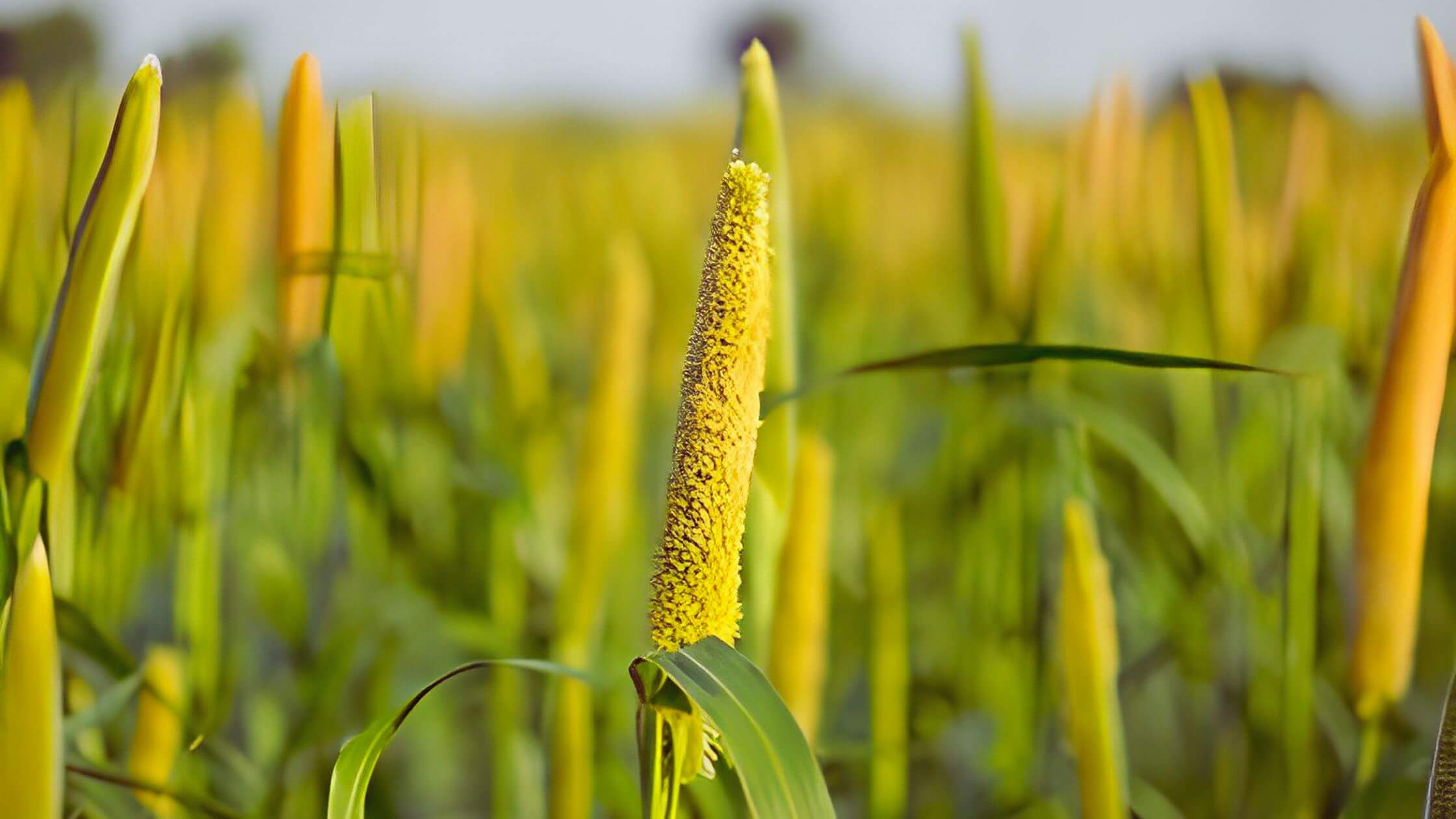
Discover the nutritional prowess of Pearl Millet (Bajra) in this concise guide. From its ancient origins to modern health trends, we’ll explore the benefits, nutrition, and potential side effects. Join us on a brief journey into the world of this underrated grain and unlock its secrets for a healthier lifestyle.
What is Pearl Millet (Bajra)?
pearl millet known by various names such as Bajra, Bajri, Sajje, Kambu, or Kambu, has graced the culinary traditions of Africa and Asia for centuries. It stands as a resilient crop, thriving in the face of the most challenging climates. Scientifically labelled as Pennisetum glaucum, boasting a chromosome number of 7, pearl millet goes beyond mere toughness; it emerges as a nutritional powerhouse, teeming with protein, fibre, iron, calcium, magnesium, zinc, and more.
And what adds to its allure? It’s gluten-free, making it an ideal choice for our friends with celiac sensitivities. Moreover, it plays gently with blood sugar levels, a welcomed attribute for those navigating the intricacies of diabetes management. From heartening porridge to the versatility of bread, roti, dosa, idli, and imaginative salads and soups, pearl millet imparts its nutty, earthy charm to a diverse array of dishes. Yet, the culinary journey doesn’t conclude there! Indulge in delectable desserts like kheer, halwa, laddu, and cookies, all crafted with finesse thanks to the culinary prowess of pearl millet.
Simple to cook, easy to store, and brimming with flavour, this grain stands as a culinary delight that also champions your nutritional well-being. A natural superhero for both your body and mind, pearl millet encapsulates all the goodness you yearn for. Come along as we immerse ourselves in the captivating world of pearl millet, unravelling its benefits, nutritional richness, potential side effects, and more!
Pearl Millet Nutrition (Value Per 100g)
Here is a table showing pearl millet’s nutritional value per 100 grams;
| Nutrient | Amount |
|---|---|
| Calories | 378 |
| Protein | 10.96 grams |
| Carbohydrates | 61.78 grams |
| Fat | 5.43 grams |
| Fiber | 11.49 grams |
| Iron | 8 milligrams |
| Calcium | 38 milligrams |
| Magnesium | 114 milligrams |
| Zinc | 1.7 milligrams |
| Thiamine | 0.38 milligrams |
| Niacin | 1.8 milligrams |
| Folate | 85 micrograms |
| Carotene | 132 micrograms |
Health Benefits Of Pearl Millet (Bajra)
Pearl millet, a nutritious grain, offers various health benefits. Here are some of the benefits of Pearl millet you must know;
1. Maintains Cholesterol Level
Pearl millet is your heart’s best friend. Packed with fibre, it swoops in, grabs those pesky bile acids, and keeps them from causing trouble. Say goodbye to excess cholesterol and plaque buildup! Plus, it’s a pro at boosting your good cholesterol while kicking the bad ones to the curb.
2. Maintains Stress levels
Say goodbye to inflammation and oxidative stress – the villains of healthy blood vessels. Pearl millet swoops in to save the day, keeping your BP in check and lowering the risk of heart troubles.
3. Stabilize blood sugar levels
This grain’s got your back, especially if you’re keeping an eye on those blood sugar levels! With a low glycemic index, it won’t send your levels on a rollercoaster ride after you munch on it.
4. Boosts Immunity
This grain packs a punch with iron, zinc, and vitamin B6 – the dream team for your immune cells. It’s like having your squad, ready to defend and conquer you at any given moment.
5. Improve Digestion
Packed with fibre, it keeps things moving smoothly and says goodbye to troubles like constipation or surprise visits from diarrhoea. Plus, it’s like a gourmet feast for your gut buddies, ensuring they’re in tip-top shape to help you absorb all those nutrients. So, not only does pearl millet keep your digestive system happy, but it also gives colon cancer the cold shoulder!
6. Improve metabolism
Pearl Millet has the protein punch to help your muscles and tissues stay strong and snazzy. Plus, it’s like a little cheerleader for your thyroid, giving your metabolism a boost and helping you burn those calories and fat like a champ.
7. Boost brain function
Packed with niacin, folate, and thiamine, it’s like a VIP pass to brain boost! Plus, it’s a traffic controller for your blood flow, making sure those neurons get all the oxygen and goodies they need. And guess what? It’s got a knack for playing with your neurotransmitters, which means better mood, memory, and thinking skills. Pearl millet is like a brain boot camp, keeping you sharp and reducing the chances of Alzheimer’s and Parkinson’s.
Pearl Millet Glycemic Index
Whole pearl millet is a grain with a low glycemic index (GI) presuming the range of 50-55. This indicates it does not create an immediate surge in blood sugar making it a good food option for one trying to learn about balancing blood glucose.
Slow digestion and the absorption of sugar from pearl millet mainly result from its high fiber content, especially soluble fiber. Therefore, it also keeps blood sugar levels constant and provides a more sustained energy supply. In addition, pearl millet, with loads of vital nutrients such as iron, magnesium, and phosphorus, maximizes the health benefits brought by this incredibly healthy grain.
Also Read: Proso Millet Benefits & Side Effects
Pearl Millet Recipes
1. Pearl Millet Upma
Pearl millet upma is a wholesome and satisfying breakfast dish made with mixed vegetables and spices. It’s easy to prepare and can be served with chutney or sambar.
Ingredients
- 1 cup pearl millet
- 2 tbsp oil
- 1 tsp mustard seeds
- 1 tsp cumin seeds
- 2 green chillies, slit
- 1 sprig of curry leaves
- 1 onion, finely chopped
- 1/4 tsp turmeric powder
- 1/4 tsp salt
- 2 cups mixed vegetables, chopped
- 2 cups water
- 2 tbsp coriander leaves, finely chopped
Instructions
- Wash and soak the millet in water for 15 minutes. Drain and set aside.
- Heat oil in a pressure cooker or pan.
- Add mustard seeds and let them crackle.
- Add cumin seeds and fry for a few seconds.
- Add green chillies and curry leaves.
- Add chopped onions and fry until golden.
- Add turmeric powder and salt, and mix well.
- Add mixed vegetables and fry for 5 minutes.
- Boil water in a separate pot.
- Add soaked millet to the vegetables.
- Pour in the boiled water and mix well.
- Cover and cook for 10 minutes until the millet is cooked and water is absorbed.
- Garnish with chopped coriander leaves.
Calories: 250 kcal per serving
Recipe Notes:
- For added crunch and protein, consider adding roasted peanuts or cashews.
- Adjust the water amount for your preferred consistency – more for softer upma, less for fluffier.
- You can also cook the upma in a pressure cooker for 2 whistles instead of using a pan.
2. Pearl Millet Dosa
Pearl Millet Dosa is a must-try recipe if you are a dosa addict.
Ingredients
- 1 cup pearl millet
- 1/2 cup rice
- 1/4 cup urad dal
- 1/4 tsp fenugreek seeds
- 2 cups water (for grinding)
- 1 tsp salt
- 2 tbsp oil (for making dosas)
Instructions
- Wash and soak pearl millet, rice, urad dal, and fenugreek seeds in water for 6 hours.
- Use water as needed to grind the soaked ingredients into a batter.
- Add salt to the batter and mix well.
- Allow the batter to ferment for about 8 hours in a warm place.
- Heat a dosa tawa or griddle and grease it with a little oil.
- Pour a ladleful of batter onto the tawa and spread it into a thin circle.
- Drizzle some oil around the edges and cook until the dosa turns golden and crisp.
- Serve hot with coconut chutney, sambar, or your choice of accompaniment.
Calories: 100 kcal per dosa
Recipe Notes:
- You can use any variety of rice, like raw rice, parboiled rice, or idli rice, for the dosa batter.
- To make the batter softer and fluffier, you can add some cooked rice or poha (flattened rice) to it.
- For fermentation, you can place the batter in a warm spot like an oven with the light on or in a pressure cooker without the whistle.
- Adjust the batter’s consistency to your liking – it should be thin enough to spread easily on the tawa but not too watery.
- Enjoy your pearl millet dosa!
3. Pearl Millet Porridge
Ingredients
- 1/4 cup pearl millet
- 2 cups water (for cooking the millet)
- 2 cups milk
- 2 tbsp sugar (or to taste)
- 1/4 tsp cardamom powder
- Almonds and raisins for garnish
Instructions
- Wash and soak pearl millet in water overnight or for at least 8 hours.
- Cook the soaked millet with water until it’s soft and cooked through.
- In a heavy-bottomed pan, add milk, cooked pearl millet, and sugar. Cook on low heat, stirring continuously.
- Add cardamom powder and continue to cook until the mixture thickens to your desired consistency.
- Remove from heat and let it cool a bit.
- Serve hot or cold, garnished with almonds and raisins.
Calories: 150 kcal per serving
Recipe Notes:
- For a vegan option, use plant-based milk like almond, soy, or coconut milk.
- Enhance the flavour with saffron, rose water, or vanilla extract.
- Adjust the consistency with more or less water/milk.
- Enjoy your delicious pearl millet porridge!
4. Pearl Millet Roti
Introducing the Pearl Millet Roti: the gluten-free, vegan superfood!
Ingredients
- 2 cups pearl millet flour
- 1/2 tsp salt
- 1 tbsp oil
- 3/4 cup hot water
- 1/4 cup wheat flour or rice flour (for dusting)
- 2 tbsp oil or ghee (for brushing)
Instructions
- Add pearl millet flour to a mixing bowl.
- Mix in salt and oil.
- Gradually add hot water, kneading it into a soft dough.
- Divide the dough into equal portions and roll them into balls.
- Dust each ball with wheat or rice flour and roll it out into a flat roti.
- Heat a tawa or griddle and cook the roti on both sides until golden brown spots appear.
- Brush each roti with oil or ghee for extra flavour.
- Serve hot with your choice of curries, dal, or chutneys.
Calories: 120 kcal per roti
Recipe Notes:
- To add extra flavour, you can add chopped onions, green chillies, coriander leaves, or other spices to the dough.
- If rolling the rotis proves tricky, consider using a plastic sheet or banana leaf as a surface.
- For a crisper texture, briefly expose the rotis to an open flame after cooking them on the tawa. Enjoy your delicious pearl millet roti!
5. Pearl Millet Pulao
Our fantastic dish teams up pearl millet, basmati rice, veggies, and a spice squad for a one-pot wonder.
Ingredients
- 1/2 cup pearl millet
- 1/2 cup basmati rice
- 2 tbsp oil
- 1-inch cinnamon stick
- 2 cloves
- 2 green cardamoms (crushed slightly)
- 1 bay leaf
- 1 tsp cumin seeds
- 1 onion (thinly sliced)
- 1 tsp ginger-garlic paste
- 1/4 tsp turmeric powder
- 1/4 tsp salt
- 2 cups mixed vegetables (chopped)
- 2 cups water
- 2 tbsp mint leaves (finely chopped)
Instructions
- Wash and soak pearl millet in water for 30 minutes. Drain and set aside.
- Similarly, wash and soak basmati rice for 30 minutes. Drain and set aside.
- Heat oil in a pressure cooker or pot.
- Add cinnamon sticks, cloves, crushed green cardamoms, bay leaf, and cumin seeds. Fry briefly.
- Add sliced onion and fry until golden brown.
- Add ginger-garlic paste, turmeric powder, and salt. Fry for a minute.
- Add chopped mixed vegetables and fry for 5 minutes.
- Boil 2 cups of water in a separate pot.
- Add soaked and drained millet and basmati rice to the vegetables. Mix well.
- Pour in the hot water and give it a gentle stir.
- Close the pressure cooker or pot with a lid and cook until done.
- Once done, let it rest for a few minutes before opening.
- Garnish with finely chopped mint leaves.
- Serve hot and enjoy your delicious pearl millet pulao!
Calories: 300 kcal per serving
Recipe Notes:
- Customize with vegetables like carrots, beans, peas, potatoes, or cauliflower.
- Adjust water for desired consistency—more water for softer pulao, less for fluffier. Pressure cooking for 2 whistles is an alternative method.
Checkout: Millet Muesli Nuts & Fruit
you save ₹4
Side Effects Of Pearl Millet
You have learned how pearl millet can nourish your body and mind with its nutrients. But you also need to know that pearl millet can have some drawbacks if you eat too much or not properly. It can cause some problems for your health and well-being.
Here are some of the side effects of pearl millet can cause:
1. Allergen Alert
Pearl millet can also have other allergens, like proteins, lectins, or enzymes, that can make you itch, swell, and have trouble breathing. To prevent this, you should buy pearl millet from reliable sources and check the labels for any gluten or allergen warnings. You should also start eating this millet slowly and watch for any bad reactions. If you have any signs of allergy, you should stop eating pearl millet and see your doctor right away.
2. Thyroid Issue
Pearl millet has these little things called goitrogens, which can mess with your thyroid hormones.
It can lead to feeling like a sluggish sloth, gaining unwanted weight. But hey, don’t worry! We’ve got some tips to keep that thyroid groove in check. go easy on this millet. And when you cook it up, make sure it’s done well!
FAQs on Pearl Millet
Can we eat pearl millet daily?
Yes, pearl millet is like the super grain, ready to save the day in your balanced diet. Packed with goodness, it’s here to lower cholesterol, keep blood sugar in check, and even make digestion a breeze! Just remember, let it share the spotlight with other amazing foods for a diet that’s as diverse as it is delicious!
Who should not eat pearl millet?
Most folks enjoy this grain trouble-free. But, it might not suit everyone. Most folks enjoy this grain trouble-free. But, it might not suit everyone. If you notice any swelling, or itchiness after munching on it, it’s time for a consult with your doctor. And for our thyroid buddies, maybe give pearl millet a miss to keep things in tip-top shape.
Share this post:


